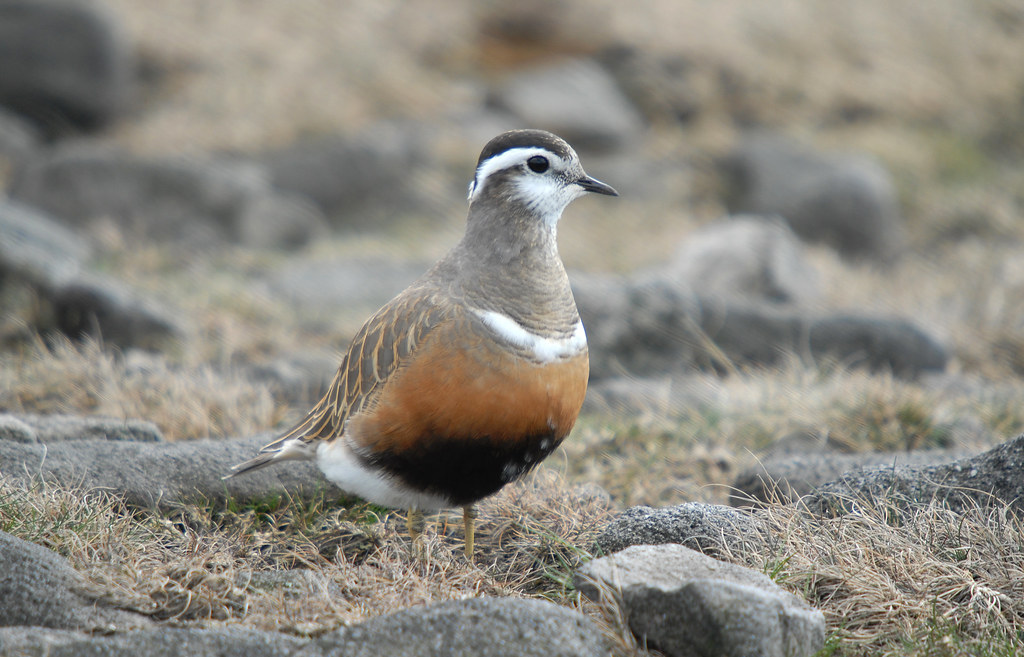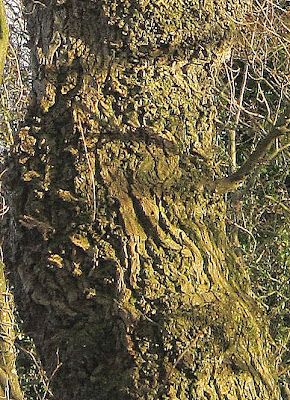With apologies for stealing someone else's title, there has been some interesting comments made based on Bryan Yorke's question 'Where are all the Chiffchaffs'.
Bryan is one of the most dedicated birder/recorder I know and keeps his notes as faithful to the religion as is possible. He is also very passionate about his life and the wildlife around him in his area and beyond and makes this statement to lay down his claim....
'Since coming to live up here, its been like being on holiday everyday, will I ever get back to reality, its just like a beautiful dream which I want to go on forever'....Sounds like a man after my own heart.
Some of his latest notes have been concerned with the lack of Chiffchaff sightings this spring within his 'parish' around Burton-in-Kendal which he has been monitoring for 3 years. According to Bryan's records, this year the Chiffchaff has returned later than the norm by almost 3 weeks and he decided to go to the nation on a forum to ascertain if others had been having the same experience in this regard....The result was interesting with responses from Devon, Derwent Valley, Highlands, New Forest, London, and Northern Ireland all appearing to make it quite clear that there could have been a problem for the Chiffchaff during the onset or part way through their migration with some disastrous consequences. You can read about it all HERE
'Since coming to live up here, its been like being on holiday everyday, will I ever get back to reality, its just like a beautiful dream which I want to go on forever'....Sounds like a man after my own heart.
Some of his latest notes have been concerned with the lack of Chiffchaff sightings this spring within his 'parish' around Burton-in-Kendal which he has been monitoring for 3 years. According to Bryan's records, this year the Chiffchaff has returned later than the norm by almost 3 weeks and he decided to go to the nation on a forum to ascertain if others had been having the same experience in this regard....The result was interesting with responses from Devon, Derwent Valley, Highlands, New Forest, London, and Northern Ireland all appearing to make it quite clear that there could have been a problem for the Chiffchaff during the onset or part way through their migration with some disastrous consequences. You can read about it all HERE
Chiffchaff. Brian Nixon. BTO Migration
I highlighted this image above at the beginning of the month, it clearly illustrates a desperate bird in trouble. As you can see this Chiffchaff is a wild bird feeding on insects on someone's boot in Plymouth early April.
Today the weather continues to be poor and the forecast doesn't appear to show much improvement, unless it does I think we may well be entering into a year of disastrous consequences and poor breeding results and it won't just be the Chiffchaff were talking about.
I'D SOONER BE BIRDING!....It isn't today, but tomorrow I've guaranteed myself to doing so.

























.jpg)






.jpg)





